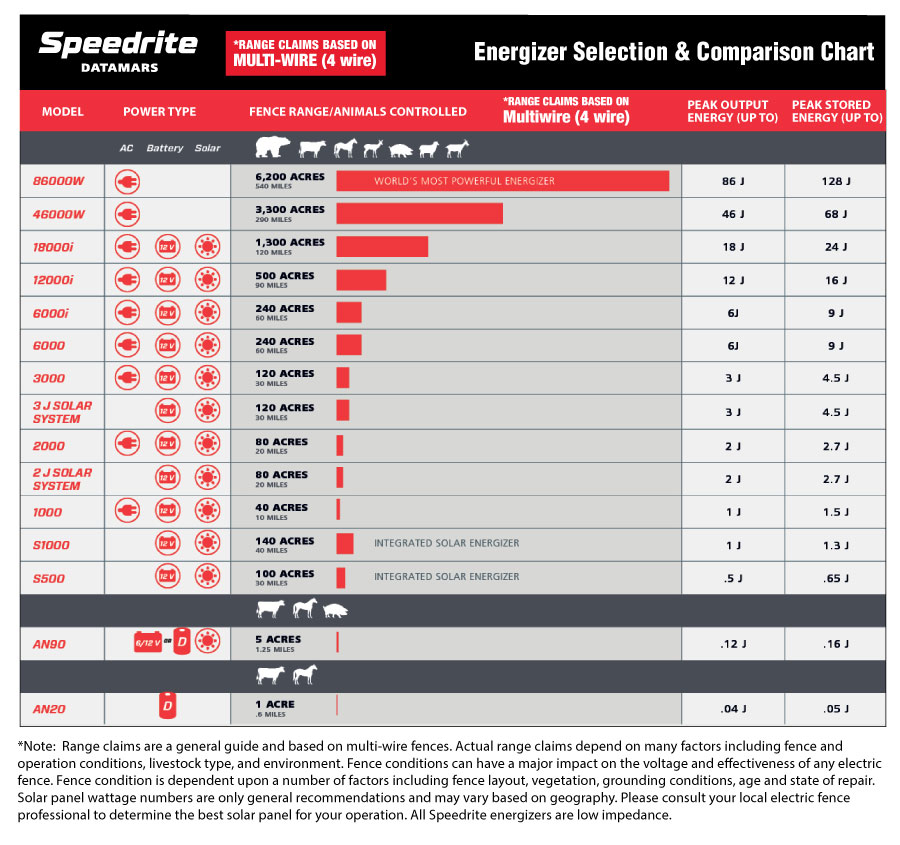
Wildlife Exclusion
What is Wildlife Exclusion?
Traditional Containment electric fence applications, such as those used to control cattle, horses, sheep and goats, are primarily designed to keep these animals in a limited area. These animals are usually domesticated and are somewhat predictable. Most importantly, you are fencing these animals IN with their food source.
Wildlife Exclusion fences – such as those designed to keep out bears, wolves, coyotes or deer – are different from traditional electric fence applications. These animals are not domesticated, are highly unpredictable, and can be extremely dangerous. Most importantly, you are fencing these animals OUT of their food source.
Electric fence is a terrific and an effective solution for EXCLUSION fences, but it is absolutely critical that you do it right – for you, your property, and the animals.
HERE ARE SOME BASIC GUIDELINES FOR EXCLUSION FENCES:
Your “Do List”
- DO use an energizer with a MINIMUM of 0.5 OUTPUT joules (NOT stored joules). Wildlife agencies recognize 0.5 output joules as the minimum output energy required to control predators.
- DO research the type of fence design and conductor wire required for your specific application
- DO use proper grounding and fence construction techniques when building the electric fence. Both of these elements are crucial to the success of the fence.
- DO solicit sound, professional advice before starting any project.
Your “Do Not List”
- DO NOT use inferior products. This is NOT the time to go cheap on your energizer, fence materials, and ground system just to save a few dollars. Remember what you are trying to protect and how much it’s worth to you!
- DO NOT annoy the animal by using small energizers. The energizer must deliver a powerful enough shock to deter the animal. Small energizers just make the animal mad, making the animal try harder to get through the fence
- DO NOT assume that all conductors (wires) are good or acceptable to use when controlling predators. Certain applications are fine with poli products, while others will require heavier gauge steel or aluminum wires.
Wildlife Exclusion Key Fence Considerations
- Size of the predator determines the wire spacing
- Jumping ability of the predator will determine height
- Maintain low wire spacings for predators known to dig
- As a general rule, all exclusion fences should use a hot/
ground or bi-polar ground system - NETTING can be an acceptable solution in some cases.
Use “Pos/Neg” electrified netting in areas with poor
grounding conditions.
Common Area Applications
- Beehives
- Chickens
- Campsites
- Residential garbage protection

Home
Shop
Shipping Policy
Terms & Conditions
My Account
Privacy Policy





